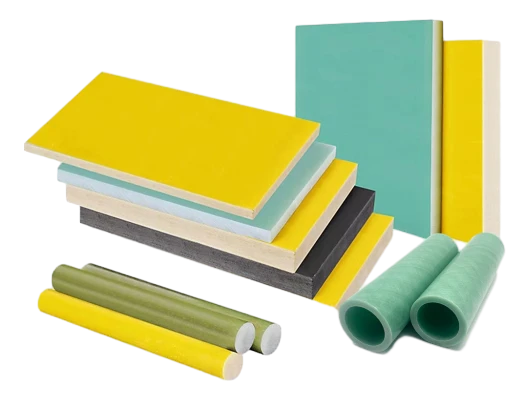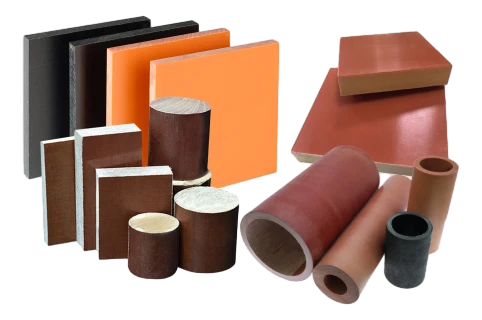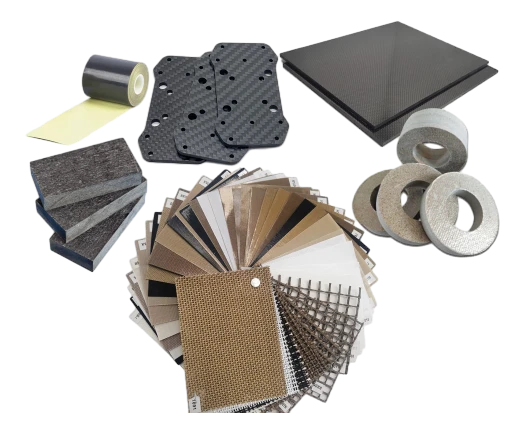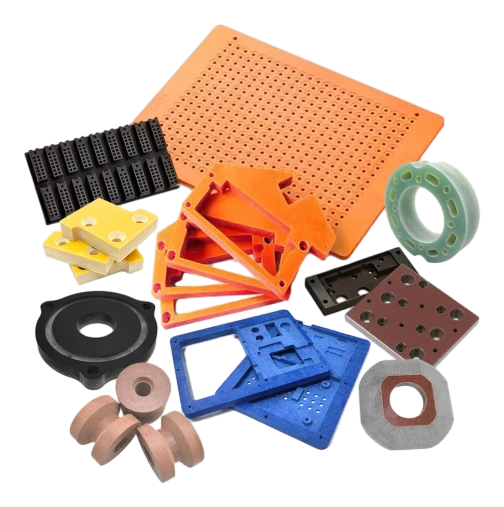Revolutionizing Industries with Lightweight Materials: A Product Overview
Time of issue: 2025-10-25
The Dawn of Lightweight Materials
Have you ever thought about how the world around us is constantly evolving? Well, buckle up, because lightweight materials, or Lightweight Materials, are taking the industry by storm! These innovative materials are not just a trend; they're reshaping how we design, manufacture, and utilize products in a plethora of sectors. From aerospace to automotive, these materials are the unsung heroes of modern engineering.
What Are Lightweight Materials?
So, what exactly are we talking about when we say lightweight materials? In a nutshell, they are materials that offer a high strength-to-weight ratio, meaning they're robust yet incredibly light. Think about it: when a product is lighter, it generally translates to better fuel efficiency, easier handling, and reduced costs. That's a win-win situation if you ask me!
Why Use Lightweight Materials?
Here's the kicker: the benefits of using lightweight materials are numerous. For starters, they enhance the durability of products, which means fewer replacements and repairs. Imagine a world where your car parts last longer, or your aircraft requires less fuel due to reduced weight—sounds dreamy, right? But wait, there's more! These materials also allow for greater design flexibility, enabling engineers to push the boundaries of creativity.
Applications Across Industries
Let's dive into how these lightweight materials, or Lightweight Materials, are revolutionizing various industries:
- Aerospace: With weight restrictions being paramount in aviation, lightweight materials like carbon fiber and titanium are helping aircraft achieve greater fuel efficiency and longer ranges.
- Automotive: Car manufacturers are increasingly opting for aluminum and high-strength steel to reduce vehicle weight, improve fuel economy, and enhance performance.
- Construction: In building projects, lightweight concrete and composite materials provide the strength needed without the excessive bulk, leading to quicker build times and reduced labor costs.
- Sports Equipment: Ever wondered why professional athletes seem to have ultra-light gear? Innovations in lightweight materials are making sports equipment more efficient, allowing for improved performance on the field.
Challenges and Considerations
Sure, lightweight materials sound fantastic, but let's not get ahead of ourselves. Like any innovation, there are hurdles to overcome. For instance, the cost of raw materials can be higher than traditional options. Additionally, the manufacturing processes for these materials often require specialized equipment and expertise. But hey, with great challenge comes great opportunity! The industry is rapidly advancing to address these issues, making lightweight materials more accessible.
The Future is Bright!
As we look to the future, the potential for lightweight materials is boundless. With ongoing research and development, we can expect to see even more innovative applications. From eco-friendly practices to sustainability, the integration of lightweight materials could pave the way for a greener planet. It's a thrilling time to be part of this revolution!
In Conclusion
In a nutshell, lightweight materials, or Lightweight Materials, are changing the game across various sectors. They bring a myriad of benefits, from increased efficiency to enhanced design capabilities. As industries continue to adopt these materials, we can only imagine the innovative products that will emerge. So, keep your eyes peeled; the future is looking lighter than ever!
More Information
 xyh@xiongyihua-plastic.com
xyh@xiongyihua-plastic.com













